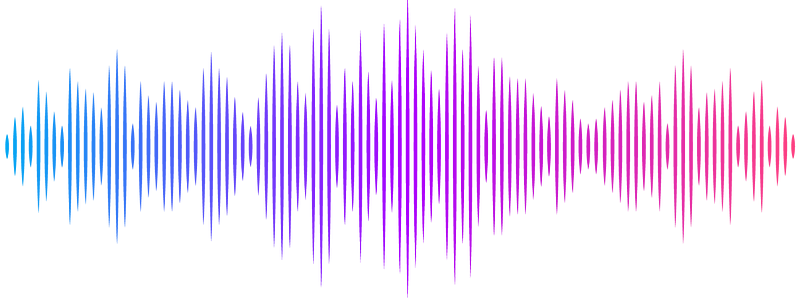Temporal Synchronization Analysis: A Model-Free Method for Detecting Robust and Nonlinear Brain Activation in fMRI Data

Temporal Synchronization Analysis: A Model-Free Method for Detecting Robust and Nonlinear Brain Activation in fMRI Data
Fialoke, S.; Deb, A.; Rode, K.; Tripathi, V.; Garg, R.
AbstractThe sluggishness of the fMRI blood oxygenation level dependent (BOLD) signal has motivated the use of block or trial-based experimental designs that rely on the assumption of linearity, typically modeled using the General Linear Model (GLM). But many non-sensory brain regions and subcortical areas do not correspond to such linearities. We introduce a model-free estimation method called Temporal Synchronization Analysis (TSA) which detects significant brain activations across trials and subjects at an individual time point. We validate it across multiple cognitive tasks (combined n=1600). In constrained task stimuli like visual checkerboard paradigms, we discovered novel nonlinearities not reported previously. In model-free task paradigms like listening to naturalistic auditory stimuli, TSA can detect unique stimuli linked quasi-temporal activations across default mode and language networks. Our user-friendly Python toolkit enables cognitive neuroscience researchers to identify stable and robust brain activation across various cognitive paradigms that are challenging to model with current methods.